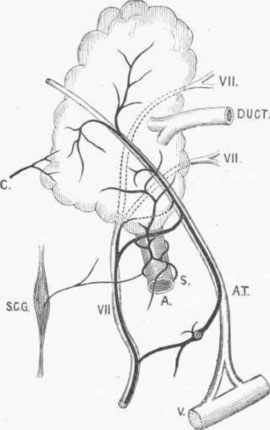REVIEW
in this alone impulse
Shya Scanlon
Noemi Press, 2010
Reviewed by Angela Stubbs
 |
Shya Scanlon makes sentences that defy distinction. In this alone impulse examines what happens when we arrive at the intersection of poetry and prose, where the illogical and practical collide. This debut work tackles new ground wherein the surreal becomes real and words take on new meaning. You might guess the author is a master architect who knows how to exploit white space while playing with syntax and structure.
We see and hear cadence and word-play; each line acts as the scaffolding for the lines of text below and above it, lumped one on top of the other, thus building a sandwich of syntactic compounds where desire, regret and discontent overlap. Shifting language and neo-grammatical structures show-up as Scanlon's trademark. The poems introduce us to a world where phrases appear backwards and inside out. When we consume them they appear right side out and completely normal. The abused fragments and sentences are the collection's biggest asset. "Swift this jacket, wrapping, wet" is only one of many poems that avoid conventional structure and predictable narratives: "I would tell you let you in. I would teach you tether me to you. Our back was against it, but I was protected, and you were protected, and time wandered through this vision, explaining it in reverse." The intangible here exemplifies the playful manner in which Scanlon teases his reader. His sentences resonate with lyricism in our ears much like the dialogue that exists in "K": "Tackle I'm gone. Tickle I'm rubbed out. Rub me back I'm pulled between, looking up, twist and twurn. A gobbler. Saddle now saddle, sergeant suck." |
